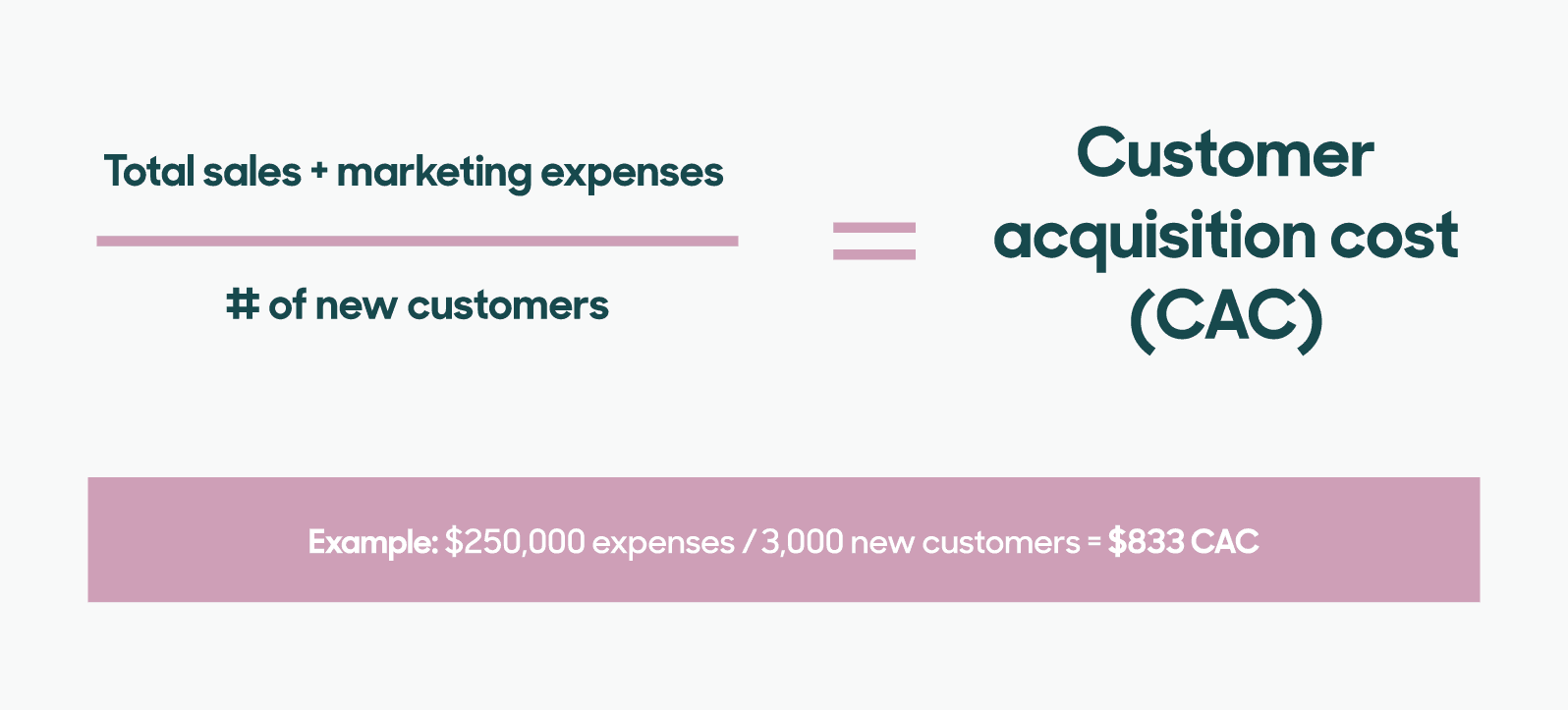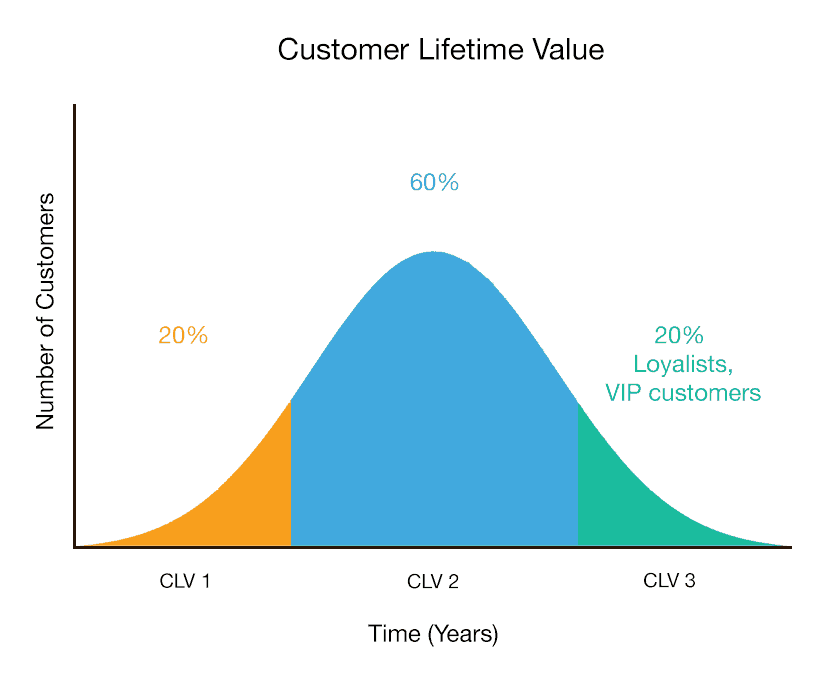In 2025, it’s all about hitting the ground running with precise sales goals.
And, this holds for every business owner, whether you are a seasoned player or someone who’s just starting up.
So, in this blog, we’ll delve into the significance of sales goals, explore practical examples, and provide actionable insights.
This will help you craft robust sales strategies tailored to the current market demands.
Buckle up!
What are Sales Goals?
They serve as guiding principles for sales teams, outlining what needs to be accomplished and providing a roadmap for success.
Think of sales goals as the milestones along the journey to business success.
They guide your sales team toward key objectives like revenue targets, customer acquisition, and profit margins.
Ultimately, these goals align efforts and optimize resources for competitive advantage in the marketplace.
But, can a business function properly without setting sales goals?
Let’s find the answer to that.
Why are sales goals important?
Sales goals are the backbone of a successful business strategy.
Without these goals, it’s like sailing a ship without a destination – you might be moving, but you’re not sure where you’re headed.
This is because –
- They provide clarity and direction for your sales team, ensuring everyone works towards common objectives.
- Sales goals serve as benchmarks for measuring performance and progress.
- They help you identify what’s working well and where adjustments are needed.
- These goals foster accountability among team members, encouraging them to take ownership of their targets and strive for excellence.
In essence, sales goals are not just numbers on a spreadsheet.
They keep your team focused, motivated, and aligned with the objectives of your organization.
Now, let’s see some examples of sales goals to clarify their significance.
Sales goal examples
To help you understand the variety of goals businesses set, let’s explore some of them –
- Revenue
Increasing overall revenue is a fundamental sales goal for any business.
This includes setting targets for total sales volume, average deal size, or revenue generated from specific products or services.
- Customer Acquisition Cost (CAC)
Managing and reducing the cost of acquiring new customers is crucial for sustainable growth.
Source: Zendesk Setting goals to optimize CAC helps ensure efficient use of resources in acquiring new business.
- Customer Retention
Retaining existing customers is often more cost-effective than acquiring new ones.
Setting goals to improve customer retention rates by providing exceptional service and building strong relationships is key to long-term success.
- Churn rate
Churn rate refers to the percentage of customers who stop using your product or service over a given period.
Lowering churn rate through proactive measures like improving product satisfaction or addressing customer concerns is a vital sales goal.
- Profit margins
Maximizing profit margins ensures the sustainability and profitability of your business.
Setting goals to increase profit margins by optimizing pricing strategies, reducing costs, or improving operational efficiency is essential.
- Customer Lifetime Value (CLV)
CLV or CLTV represents the total revenue a business can expect from a single customer over their entire relationship.
Source: Directive Setting goals to increase CLV involves strategies to enhance customer loyalty, encourage repeat purchases, and upsell or cross-sell additional products or services.
From increasing revenue to improving customer retention, each goal plays a vital role in shaping the trajectory of a company’s sales strategy.
But, how can you use these to set goals for your business? Let’s understand that further.
How to set sales objectives based on your goals?
As you already know, setting sales objectives aligned with your goals is essential for driving success.
Here’s how to do it effectively-
Evaluate your sales teams’ performance
Start by assessing your team’s current performance levels.
Identify strengths and weaknesses to determine areas for improvement and set realistic objectives that leverage your team’s strengths.
Track your progress and adjust your strategy accordingly
Implement robust sales tracking mechanisms to monitor progress towards your sales objectives.
Regularly review performance and sales metrics, and be prepared to adjust your strategy based on real-time feedback and market dynamics.
Recognize and reward staff that hit their targets
Incentivize and motivate your sales team by recognizing and rewarding individuals who consistently meet or exceed their targets.
Celebrating achievements fosters a positive and competitive spirit within the team.
Fail-proof objectives
Ensure your objectives are clear and actionable to increase their likelihood of success.
Set clear expectations and provide the necessary support and resources for your team to achieve their goals.
By following these steps, you can set sales objectives that are tailored to your business goals.
Now, you might find all these very easy to perform, but there are some challenges that businesses encounter once they start the process.
Let’s check out some of them.
The common challenges of setting sales goals
From market dynamics to resource constraints, these challenges can pose significant obstacles to achieving desired outcomes.
Let’s delve into some of them for a better understanding –
Market research
Understanding your target market and competitive landscape is crucial for setting effective sales goals.
Without adequate market research, you may set unrealistic or misaligned objectives.
Set SMART goals
Setting goals that are Specific, Measurable, Achievable, Relevant, and Time-bound (SMART) is vital.
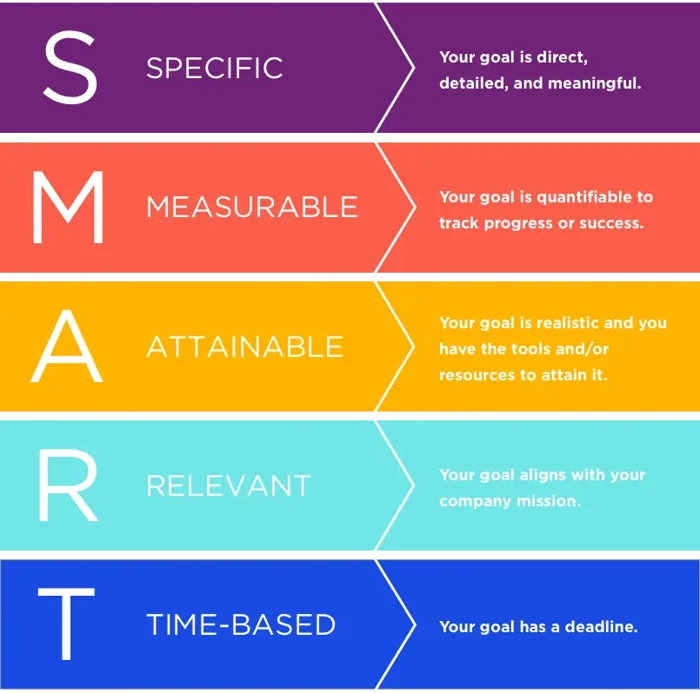
However, it can be challenging to create objectives that meet all these criteria.
Choosing the right strategy and tactics
With numerous strategies and tactics available, selecting the ones that align with your goals and resources can be daunting.
It requires careful consideration, and some trial and error to find the best approach.
Time and budget management
Balancing time and budget constraints while pursuing ambitious sales goals requires meticulous planning and prioritization.
Failure to manage these resources effectively can hinder goal achievement and lead to missed opportunities.
Renewals and long-term contracts
Managing renewals and long-term contracts adds complexity to goal-setting.
This is because these often involve extended timelines and varying revenue streams.
It requires a proactive approach to ensure continued customer satisfaction and revenue growth.
Adapting to changing conditions
The business landscape is dynamic, and unforeseen changes can impact your sales goals.
Flexibility and adaptability are essential to navigating shifting market conditions successfully.
And, that requires constant monitoring and adjustment of strategies.
By addressing these obstacles head-on, you can set more realistic and achievable sales goals for your business.
And, now let’s talk about the roadmap that can help you achieve your goals.
How to Achieve Sales Goals?
Achieving sales goals requires a strategic approach and disciplined execution.
Here’s how to do it effectively –
- Set clear objectives
Start by defining clear, specific, and measurable sales objectives.
For example, instead of aiming to “increase sales,” set a goal to “increase monthly sales by 15% compared to the previous quarter.”
Ensure your objectives align with your overall business goals and are achievable within the given timeframe.
- Develop actionable plans
Break down your sales objectives into actionable steps and develop detailed plans to achieve them.
For instance, if your goal is to increase sales by expanding into a new market, your plan might include market research, lead generation strategies, and sales outreach tactics.
Assign responsibilities, set deadlines, and allocate resources accordingly.
- Implement effective strategies
Choose the right sales strategies and tactics based on your target market, product/service offerings, and competitive landscape.
For example, if you’re targeting a younger demographic, utilizing social media marketing and influencer partnerships could be effective strategies.
Continuously evaluate and refine your approach to maximize effectiveness.
- Utilize technology and tools
Leverage technology and sales tools to streamline processes, automate repetitive tasks, and gain valuable insights into customer behavior and market trends.
For instance, using a CRM system like Salesforce or HubSpot can streamline sales processes and provide valuable insights into customer behavior.
- Empower and train your team
Invest in training and development programs to equip your sales team with the skills and knowledge they need to succeed.
For example, conducting regular sales workshops or providing access to online courses can improve sales techniques and product knowledge.
Empower them to take ownership of their goals and provide ongoing support and coaching.
- Monitor progress and adjust accordingly
Regularly track and analyze sales KPIs (Key Performance Indicators) to monitor progress toward your sales goals.
For instance, monitoring sales metrics like conversion rates, average deal size, and sales pipeline velocity can help identify areas for improvement.
Strive for breakthroughs, celebrate successes, and be prepared to adjust your strategies as needed.
- Maintain focus and persistence
Stay focused on your objectives and remain persistent in your efforts, even in the face of challenges or setbacks.
For example, if facing rejections in sales prospecting, maintaining a positive attitude and adapting your approach can lead to eventual success.
Try incorporating these strategies and staying committed to your sales goals.
This will help you increase your chances of achieving them and driving sustainable growth for your business.
The real problem
Now, team-building may come easier for some business owners, but staying updated with changes around sales numbers can be challenging.
That’s where Putler comes in.
Yes, Putler is a value-for-money analytics tool for eCommerce and SaaS businesses, that is equipped with advanced goal-tracking and forecasting tools.
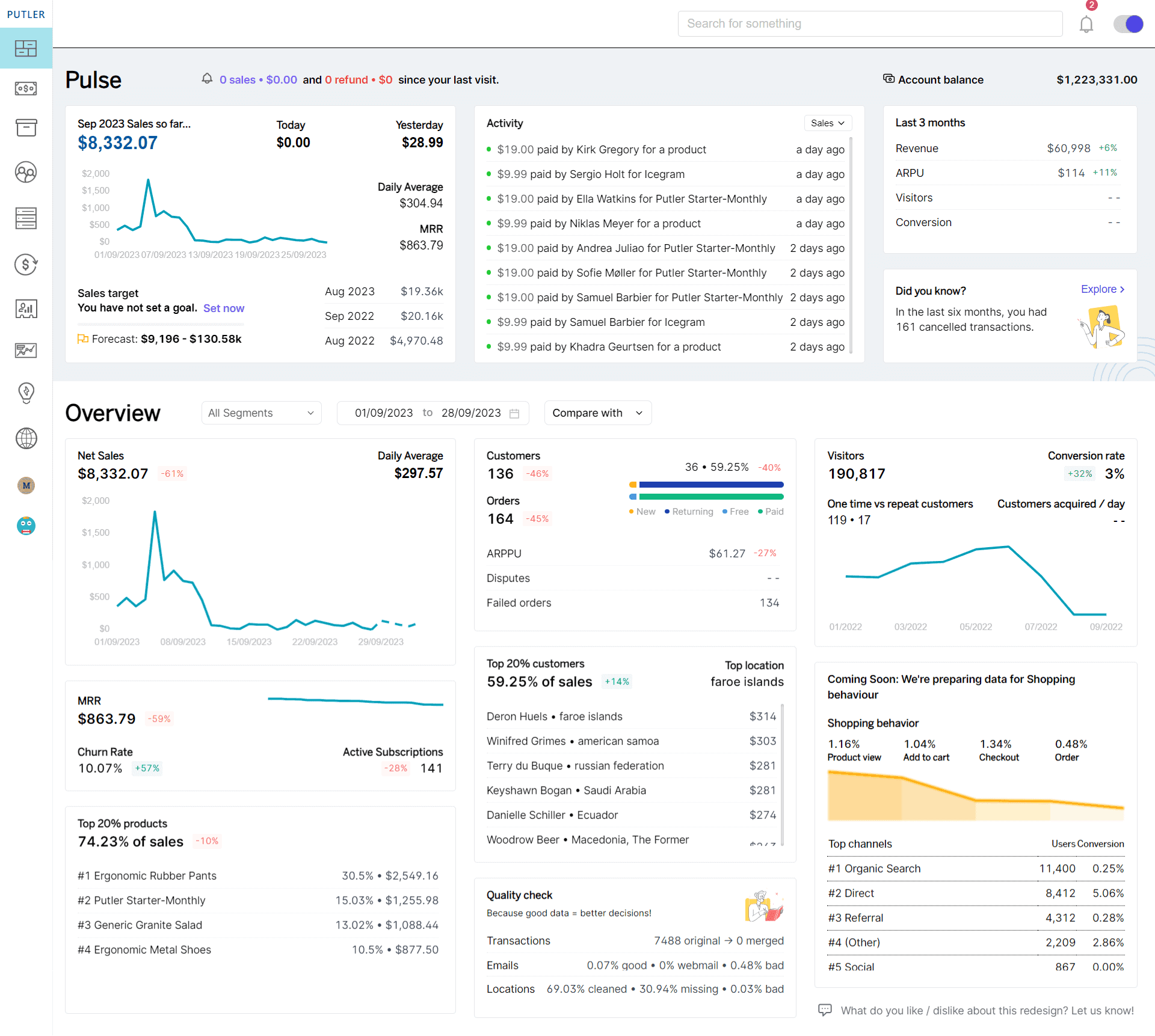
These turn the task of keeping up with numbers and goals into a cakewalk.
Want to know more? Let’s delve into it.
Tracking and achieving your sales goals with Putler
When it comes to achieving sales goals, having the right tools at your disposal can make all the difference.
Putler, with its suite of advanced analytics and forecasting features, serves as a powerful ally for businesses striving to reach new heights of success.
Let’s understand how Putler can revolutionize the way you track and achieve your sales goals –
Sales Forecasting

Putler comes with a sales forecasting tool that gives you a ballpark estimate of your sales performance for the next year.
This allows you to assess your timeline, allocate resources, and set achievable goals based on projected trends.
Monthly Sales Goal Tracking
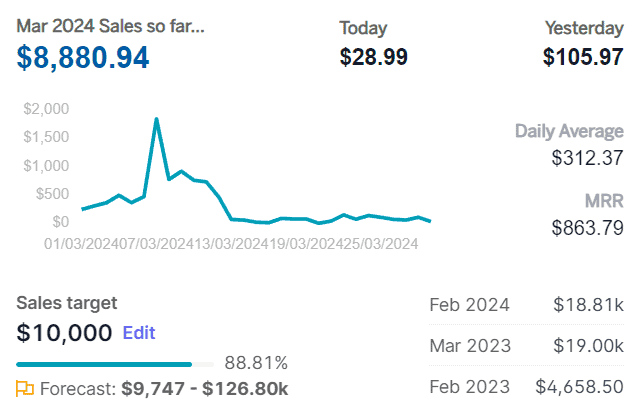
In Putler’s home dashboard, you can set monthly sales goals in the Pulse section to keep track of your progress.
This feature helps you stay focused and motivated towards achieving your sales targets.
Weekly Email Updates
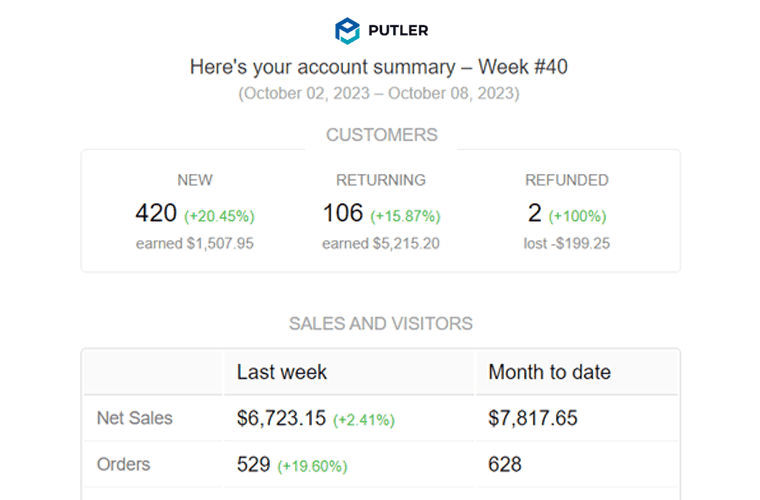
Putler sends you updates every week about the important events and trends in your business.
This keeps you informed and helps you make timely adjustments to your sales strategies.
Products Dashboard
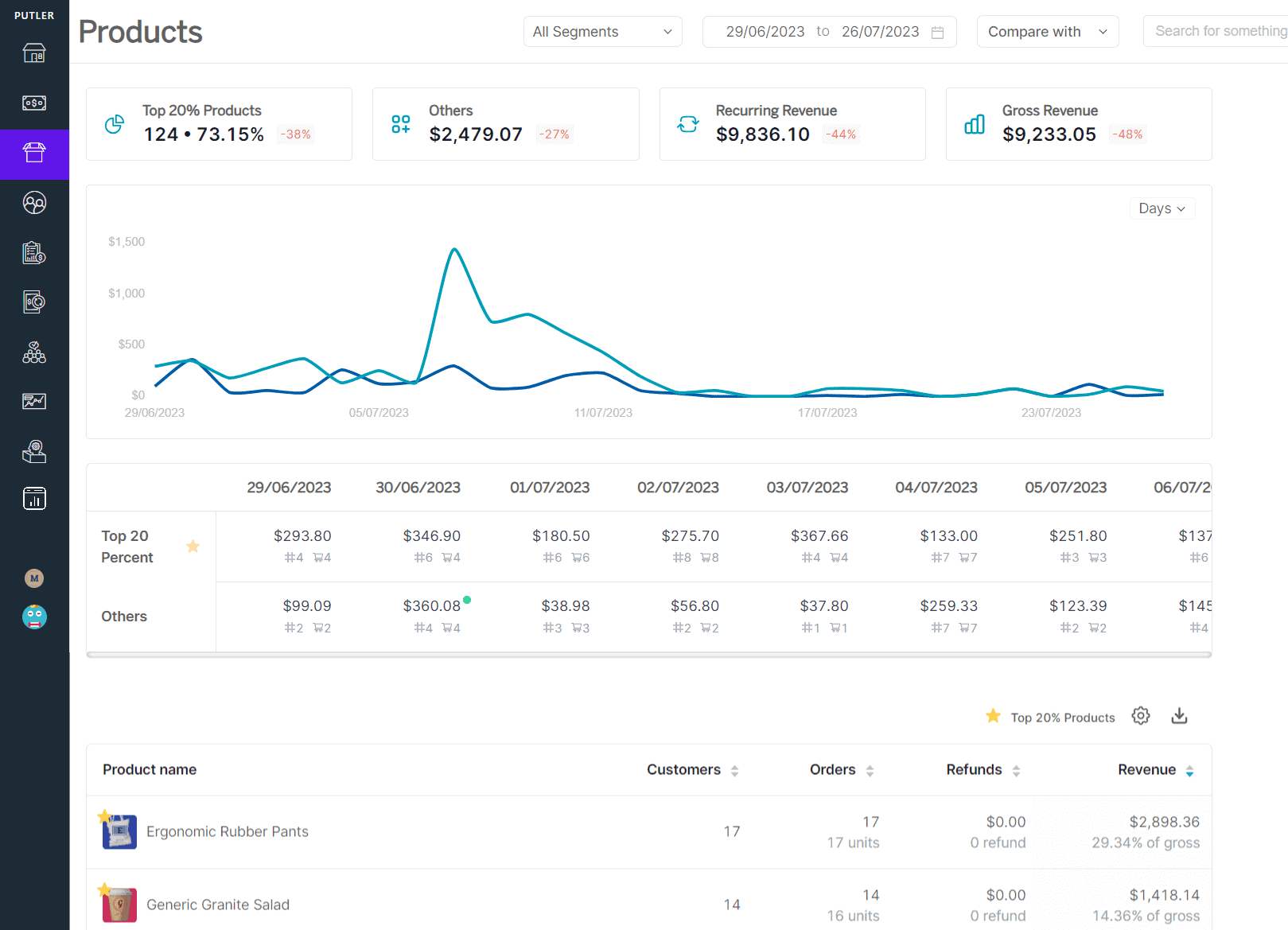
Putler offers a Products Dashboard that provides detailed insights into your products’ performance.
This helps you identify which products are performing well and where additional effort is needed, allowing you to optimize your sales efforts accordingly.
Segmentation and Targeting
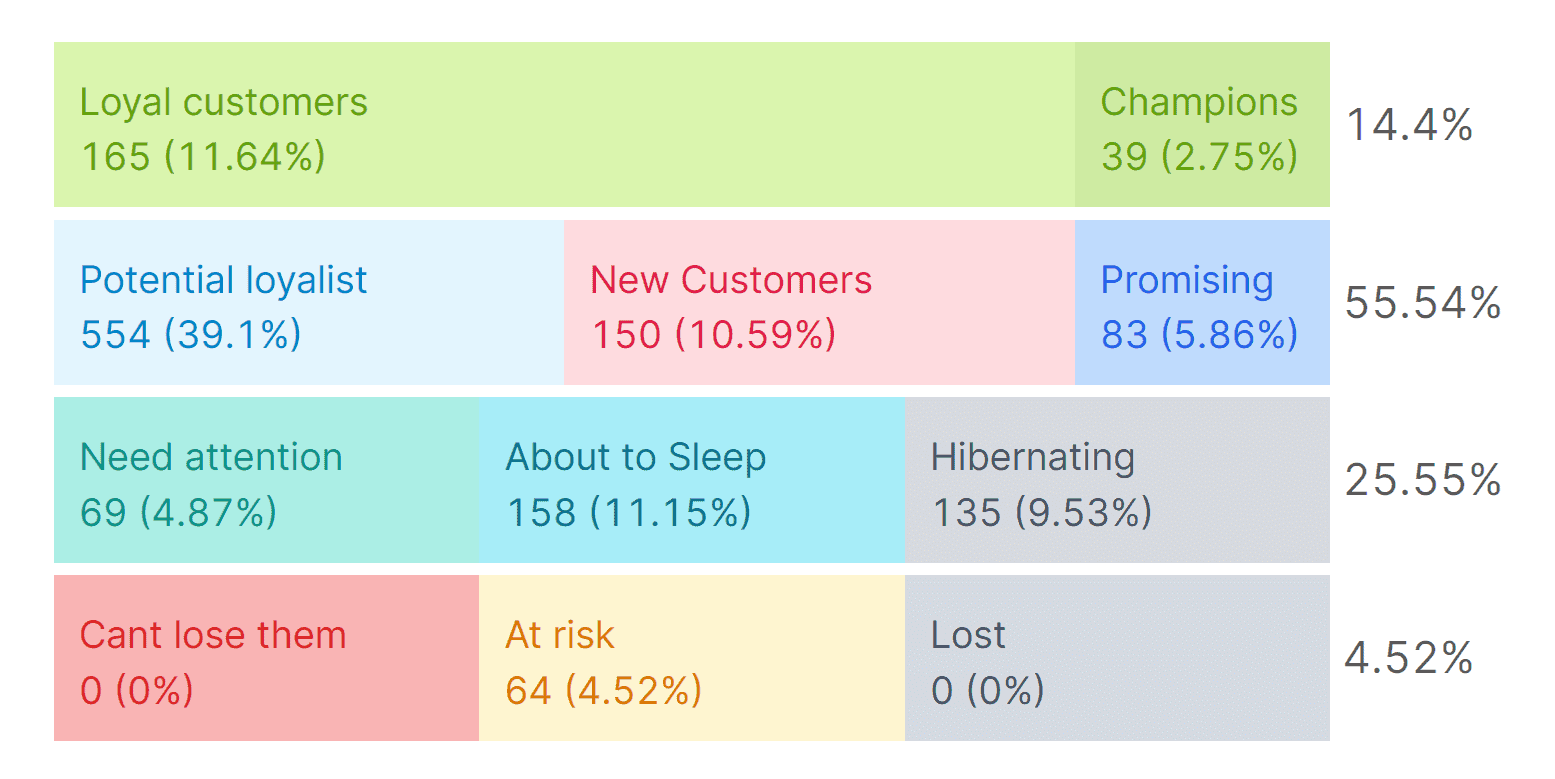
Putler allows you to segment your customers using RFM (Recency, Frequency, Monetary) analysis.
This helps you understand your customers better and identify high-value segments to target for sales efforts.
Integration with Email Marketing Tools
You can seamlessly integrate Putler with email marketing tools like Mailchimp and Icegram Express.
This allows you to directly send targeted emails to specific customer segments identified in Putler for more personalized and effective outreach.
Putler Web Analytics

Putler includes a web analytics tool that provides insights into your website performance.
This helps you identify areas for improvement on your website to enhance user experience and drive better traction, ultimately leading to increased sales.
With these features, Putler empowers you to not only plan but also execute your sales goals effectively.
And, that makes it an invaluable asset in your quest for business success.
Final thoughts
Strategic goal-setting is a cornerstone of growth.
And that becomes even more evident as we go from understanding the importance of goals to overcoming challenges and leveraging tools like Putler.
As you navigate the ever-changing landscape of sales, remember – clarity, adaptability, and the right tools are your allies.
With these in hand, you’re equipped to chart a course toward achieving your goals and propelling your business to greater heights.

